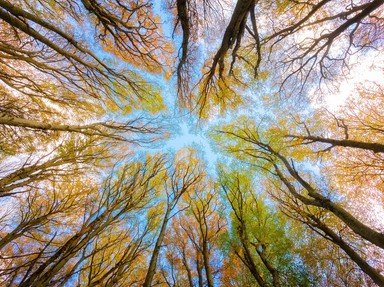Quiz Answer Key and Fun Facts
1. What influential, 19th-century Japanese artist produced stunning, sea-themed woodblock prints such as the iconic "The Great Wave off Kanagawa"?
2. Which of these bodies of water is really a sea, rather than a lake like the other three?
3. In which play by William Shakespeare - set mostly on an island - would you find the lines "Nothing of him that doth fade/But doth suffer a sea-change/Into something rich and strange"?
4. All of these marine animals have common names that include the word "sea". Which of them is a vertebrate?
5. In which beautiful city and former maritime power would you be able to attend a centuries-old ceremony called the "Marriage of the Sea"?
6. In which of the world's religions is the consumption of seafood without fins or scales expressly forbidden?
7. The constellation Cetus is named after a sea monster of Greek myth that was offered what beautiful maiden as a sacrifice?
8. The 2015 film "In the Heart of the Sea" was based on the true story of the sinking of the ship "Essex", the inspiration for what great 19th-century nautical novel?
9. The name of which herb, known for its piney fragrance and delicate flowers, comes from the Latin for "dew of the sea"?
10. Which great turn-of-the-20th-century French composer, often associated with Impressionism, wrote the orchestral composition titled "La mer" (The Sea)?
Source: Author
LadyNym
This quiz was reviewed by FunTrivia editor
agony before going online.
Any errors found in FunTrivia content are routinely corrected through our feedback system.

